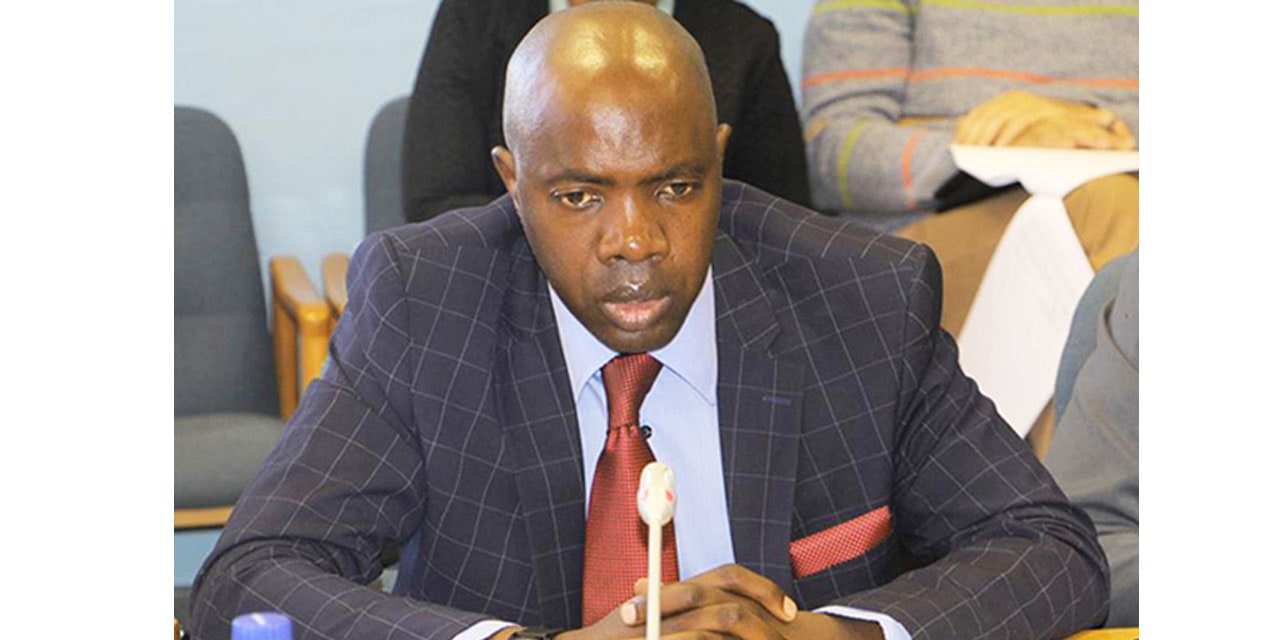Hertta-Maria Amutenja
In a pivotal moment for Namibia’s digital future, a stark reality emerges as only 56 percent of the population has access to electricity, posing a significant hurdle to the nation’s ambitious digital transformation goals.
This is according to the National Digital Strategy of Namibia for 2024-2028.
“When disaggregating this national measure, vast disparities are observed between urban and rural electrification whereby about two-thirds of the rural population lacks access to electricity,” reads the strategy document.
Executive Director of the Ministry of Information and Communication Technology Audrin Mathe, addressed the issue at the National Digital Strategy Workshop held in Windhoek yesterday.
According to the strategy, Namibia’s overall performance in digital readiness showcases moderate success in financing, governance and institutional frameworks.
However, the country lags in crucial aspects such as infrastructure, human capital, and innovation for digital transformations. Vast disparities in access to basic infrastructure, education, and employment opportunities hinder the equitable advancement of digital capabilities across the nation.
The challenge is particularly pronounced in rural areas, where approximately two-thirds of the population lacks access to electricity. Additionally, a staggering 30 percent of schools remain unconnected to the Internet, hindering educational opportunities and exacerbating the digital divide.
Mathe emphasized the urgency of addressing these disparities, stating, “Governance and strategic foresight in the digital realm are imperatives for our development. By crafting a focused vision for our digital future, we are laying the groundwork to leverage digitalization for prosperity,”
The National Digital Strategy, presented at the workshop, aims to propel Namibia into a society that is not only digitally literate but also innovative and inclusive.
Moreover, Mathe highlighted the strategic pillars chosen to maximize impact and foster comprehensive digital development across Namibia’s diverse sectors and geographical landscapes.




